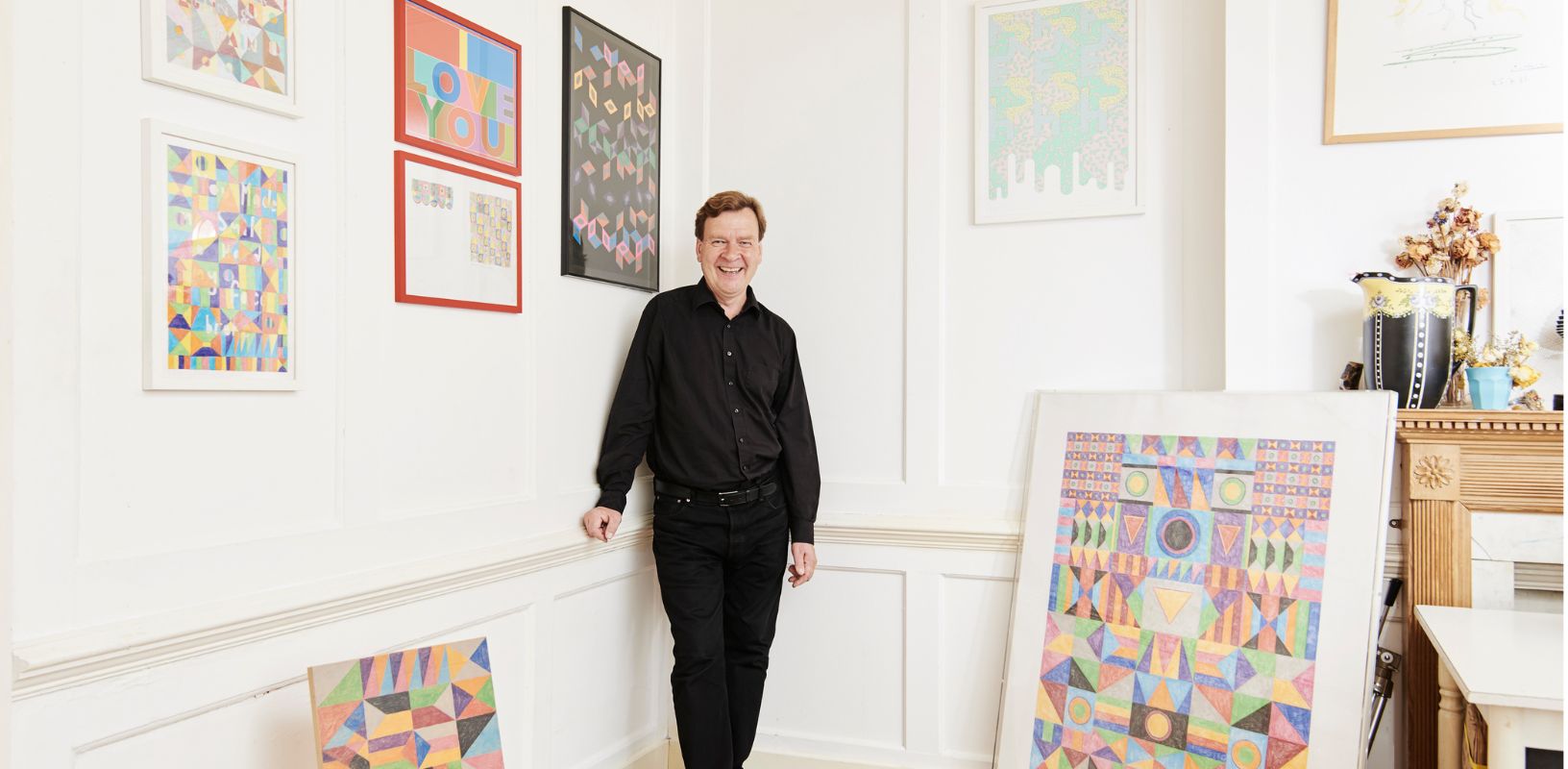Magnus Lindberg Introduces Piano Concerto No. 3

Lindberg discusses his new piano concerto, written for soloist Yuja Wang who premieres the work in San Francisco in October, then tours it to Toronto, New York, Paris, Hamburg, and Rome. The composer details his deep-rooted love for the instrument, as well as his Faulkner-like approach to layering simultaneous musical narratives in this epic concerto that he describes as “composing itself.”
How did you come to write this concerto for Yuja Wang?
In 2019, I came to Hamburg to perform my piece Kraft with the NDR Elbphilharmonie, as part of Alan Gilbert’s inaugural concerts as the orchestra’s principal conductor. On the first half of the program, Yuja Wang performed Shostakovich’s piano concertos no. 1 and 2 together—an unusual, interesting combination in concert. We had a really great time all together that week. I told Yuja then that I would still like to write a third piano concerto. It took some time, but eventually it became a dream come true when this project was realized.
You’ve written two piano concertos before. What’s your fascination with this instrument?
We’re very lucky here in Finland. In the 1970s, when I was growing up, the Soviet Union allowed its musicians to travel to Finland (many had trouble going to Western Europe and America). I grew up seeing Sviatoslav Richter, Emil Gilels, Dmitri Bashkirov, David Oistrakh—they all came and played huge recitals here. Piano for me has always been the ultimate instrument. A piano onstage in a big hall—there is nothing more beautiful.
I’ve been a bit jealous of the great composers who have written numerous piano concertos: Bartók—three; Prokofieff—five; etc. I thought, why can’t composers today write several concertos for a single instrument, instead of always moving on to different instruments? So, I’ve been wanting to write another piano concerto for a long time. If there is time in life, I would love to write a concerto for two pianos.
As a pianist yourself, were you inspired by any other great piano concertos?
I did initially think of Bartók’s Third Piano Concerto. All of Bartók’s piano concertos remain my favorite pieces, but the opening of his Third, in particular, is so beautiful and simple—you can easily trace in the opening of my concerto where the whole story began. I don’t use any of his material, but it does feel reminiscent.
But then the piece just took me further, it became bigger than I expected—it’s now more like Rachmaninoff 3 than Bartók 3, in the sense of being generous with the ensemble.
Did you approach writing this concerto differently from your previous concertos?
My first piano concerto—written for Paul Crossley, artistic director of London Sinfonietta—was a “contemporary” concerto, very conceptual. I wanted to reinvent the concerto. With my second concerto for the great Yefim Bronfman and the New York Philharmonic, I tried to jump on “big tradition”—it is a very bold work. For my third piano concerto, I freed myself of these ideas. I wanted to write the kind of music I wanted to write.
This concerto in three distinct movements, but I would almost call it three concertos in one piece. All three movements are based on the same material, but each presents it in different ways—the same character in different colors, different orchestrations, different ways of presenting the soloist.
I also wanted to tailor the music for Yuja’s personality. It’s very active, very vivid in terms of texture. It is Classical in the sense of dialog, yet modern in the way the soloist injects material into the orchestra, and the orchestra injects the soloist with ideas.
Your music often embraces drama on an epic, virtuosic scale. Can you tell us about the “characters” in this concerto?
I have a chart of eight different characters that I’ve arranged like a William Faulkner novel: There are many stories going on at the same time—you present one, move on to the next one, then return to another one. Every time a story returns, it has something new to say.
Typically, each character has its own harmony and tempo—on five pages of a score, you might have eight tempo changes. I wanted all the ideas to connect, to be organic—not a technical exercise. I’m drawn to exploring this tension between many different elements, and the eventual realization that they belong together—tension followed by release.
It is almost like an opera—it’s so rich in its storytelling. It’s huge. In a way, it’s the biggest piece I’ve written. I don’t know if it’s because of the COVID lockdown, but I spent 22 months on this work! I just let it compose itself. As a composer, it was an interesting experience to feel a piece somehow feed itself.
Interviewed by Carol Ann Cheung (2022)
> Further information on Work: Piano Concerto No.3
Photo: Philip Gatward
